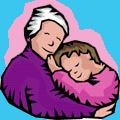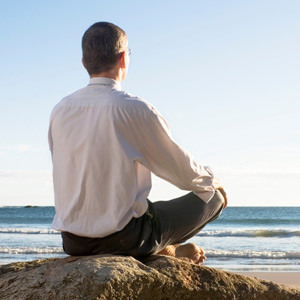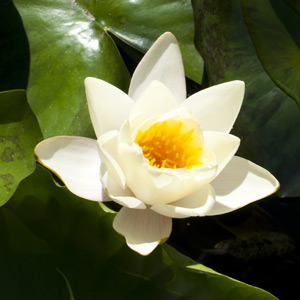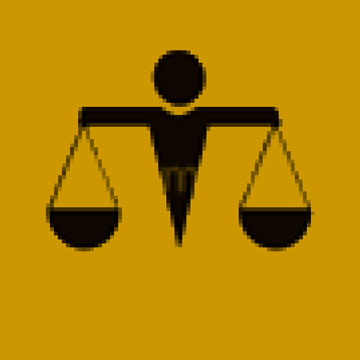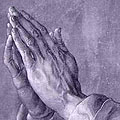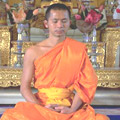 Relaxation techniques neutralize stress by producing a calming effect. You can ease anxiety, slow your heart rate, and lower blood pressure (at least temporarily) by practising meditation, yoga, progressive muscle relaxation, and biofeedback.
Relaxation techniques neutralize stress by producing a calming effect. You can ease anxiety, slow your heart rate, and lower blood pressure (at least temporarily) by practising meditation, yoga, progressive muscle relaxation, and biofeedback.
Dr. Herbert Benson of Harvard Medical School pioneered research on the relaxation response — a term he coined in the 1970s. It describes the process by which the body reverses its physiological stress reactions so that muscles relax and pulse rate, breathing rate, and blood pressure fall.
| Stress Response | Physiological Changes | Relaxation Response |
| INCREASES | Metabolism | REDUCES |
| INCREASES | Heart rate | REDUCES |
| INCREASES | Blood Pressure | REDUCES |
| INCREASES | Breathing rate | REDUCES |
| INCREASES | Muscle tension | REDUCES |
Dr. Benson points out that the stress response is automatic but the relaxation response needs to be brought forth intentionally. Many people become relaxed through simple, restful activities such as sitting quietly by a lake or fireplace, patting the family cat or dog, or lying on a hammock. These activities are enjoyable ways to relax but won’t elicit the full potential of Physiological relaxation, which may require a more intentional effort.
Some techniques that can be used to elicit the relaxation response are
|
|
Sometimes people take classes, read books, or listen to tapes to learn relaxation techniques. Some techniques, like certain types of meditation or self-hypnosis, may even require special instruction. Ten to twenty minutes, once or twice a day, is a suggested timeframe for regular relaxation activities.
The Relaxation Response
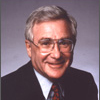 This technique is described by Dr. Benson in his book, The Relaxation Response. Dr. Benson urges people to learn and become comfortable with the relaxation response as their first line of defence against stress. He explains that once you are able to elicit the relaxation response readily, you will be more likely to succeed with other stress-management and lifestyle changes.
This technique is described by Dr. Benson in his book, The Relaxation Response. Dr. Benson urges people to learn and become comfortable with the relaxation response as their first line of defence against stress. He explains that once you are able to elicit the relaxation response readily, you will be more likely to succeed with other stress-management and lifestyle changes.
Mental focusing and a passive attitude about distracting thoughts are two important components of the relaxation response. Mental focusing diverts your attention from everyday thoughts and worries. Focused attention to your breathing, or repetition of a word, phrase, sound, prayer, or muscular activity, are common and useful mental-focusing devices. A passive attitude about distracting thoughts keeps you from judging or worrying about how you’re doing. Then, when your mind starts to wander into everyday thoughts, you can gently redirect, your attention back to your mental-focusing device.
To try Dr. Benson’s technique for eliciting the relaxation response,
read all the steps below and then carry them out.
1. Assume a comfortable position. Select as calm and quiet an environment as possible. Sit in a chair or lie flat on your back on the floor. Your eyes should be closed and your arms should be loose at your sides. Uncross your feet and loosen tight collars, belts, or footwear.
2. Breathe easily and naturally. Breathe through your nose, with your mouth open slightly. Keep your muscles loose and relaxed.
3. Concentrate on a pleasing phrase or image. For some people, concentrating on a word or phrase, such as “one” or “in and out,” works well. Other people find that a visual image, such as a cloud formation or a calm body of water, works for them. The purpose of this concentration is to shift the mind away from its usual thinking. Repeat the word or image effortlessly as you exhale.
4. Maintain a passive attitude. Permit relaxation to occur at its own pace — don’t try to work at it. Disregard distracting thoughts and sounds for the time you have set aside. If you become aware of distracting thoughts, simply return to the phrase or image you’ve selected. Keep in mind that having distracting thoughts doesn’t mean you’re doing the exercise incorrectly. Expect these thoughts to come. Don’t worry about whether you’re successful in achieving a deep level of relaxation.
5. Slowly return your attention to your surroundings. Don’t get up quickly. The relaxation response lowers your blood pressure, and you could feel a little light-headed if you get up too fast.
Minaker KL, Burley D, Penny R, Haber D, Quinlan J, Coley C, Rosenthal D.
Stress Management Guidebook: Program for Lifelong Health Maintenance.
President and Fellows of Harvard College and Harvard University Health Services, Cambridge, MA. 1996.
FOR MORE INFO. CHECK PROGRAM TITLE ‘INNER CALM’ FROM THE NATURAL HEALTH CATEGORY; OR, LISTEN TO THE FREE RELAXATION EXERCISE ON THE WALKING THRU THE STORM SERIES PAGE.

